Understanding costochondritis
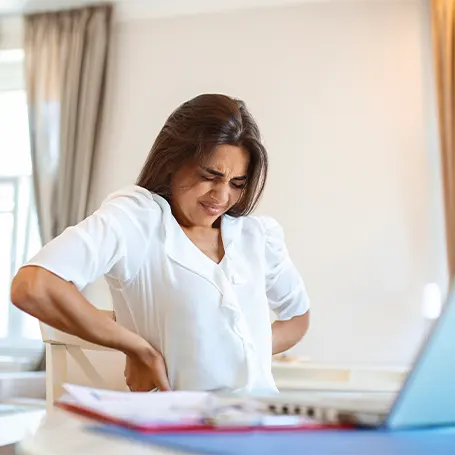
It is an inflammatory disease that affects the cartilaginous parts of the ribs and causes chest pain. It is an inflammation of the tissue between the ribs and the chest wall (it affects one or more ribs). The chest and rib pain is sharp and often intensified by changing the position of the ribs, such as lying down, bending over, coughing or sneezing.
Because of such symptoms, sleeping is almost an impossible mission. The more you move (engage the muscles of the wall basket), the greater the hypersensitivity. In order to receive such a diagnosis, the doctor must rule out many other diseases, such as: heart attack, thrombus, aortic dissection or lung collapse.
Although in most cases, chest and rib cage pain is a cause for concern, sometimes it is a harmless thing that passes quickly. Sometimes, the symptoms of costochondritis go away on their own, so you just need to wait a little.
But, it would be good to learn to manage costochondritis discomfort during sleep, preparing your sleep environment differently.
Symptoms and diagnosis
It is challenging to understand how it arises. To diagnose it, you usually have to rule out the existence of other, more severe diseases. So, you will have to arm yourself with patience. Any chest pain should be taken seriously, and symptoms monitored. Therefore, pay attention to the following:
- Chest Pain – is described as sharp, stabbing, or aching in nature, and is intensified by deep breathing and movements of the upper body
- Tenderness and swelling – there is a possibility of mild swelling or inflammation around the affected cartilage
- Pain radiation – sensitivity to touch is present in the painful region but can also spread to other areas of the body.
- Increased discomfort with movement – bending, twisting, or even simple tasks can cause pain
To confirm this condition, it is necessary to do a combination of physical examination, medical history assessment, and (sometimes) imaging tests. First, the doctor will examine the chest and surrounding areas to look for signs of inflammation. Next, he will need the details of your medical history, which is crucial for diagnosing costochondritis. You will probably have to answer questions about your symptoms, recent injuries, infections, and physical activity.
If necessary, you will also perform imaging tests such as chest X-ray, CT scan or MRI. A blood test can also rule out other diseases, which is another important information. Remember, always consult a healthcare professional if you feel chest pain or discomfort. Don't worry; exams won't hurt you!
Preparing your sleep environment
You may have to wait until you receive confirmation of the diagnosis, but some things will give you automatic relief. This includes preparing your sleep environment to neutralise the unpleasant feeling. Until you begin treatment for costochondritis, this is the most you can do.
Choosing the right mattress and pillow

Of course, choosing the right mattress and pillow is important, even if you are healthy. Then the spine is in a neutral position, meaning there is no risk of neck and shoulder pain. Yes, your body has strict requirements regarding the surface you sleep on. There is no compromise, and the symptoms of costochondritis confirm this. How?
If you suffer from this condition, you must lie in a position that will not pressure the painful area(s). For example, side sleepers will be better suited with a medium pillow that will maintain a neutral spine position. But back sleepers will sleep better on a slightly flatter pillow. It will prevent excessive head and neck elevation. When choosing a mattress, we recommend medium-firm mattresses.
This perfect balance of support and comfort makes for a stable surface that helps with chest pain. On the other hand, memory foam mattresses are known for contouring the body's shape and providing customised support. If you suffer from costochondritis, it will help you reduce pressure points and provide targeted support.
We must not forget about adjustable beds in combination with suitable mattresses. In this way, you will change the incline and position of the upper body and minimise the pain.
Optimising bedding and sleep accessories
Certain materials can also provide a more comfortable sleep environment. The most popular are:
- Cotton sheets – the main characteristics are softness and breathability, which prevents excessive sweating and discomfort caused by trapped body heat
- Bamboo sheets – they are soft, hypoallergenic and will keep you cool throughout the night
- Microfiber sheets – they are equally soft and durable
If that is not enough for you, consider sleep accessories. One of the most effective is body pillows and wedge pillows. They will properly support your spine, shoulders, and chest, which is crucial for this condition. Placing the body pillow and sleeping on the side will avoid excessive pressure or strain on the affected area.
If you sleep on your back, place it under your knees for a more comfortable position. What is especially good for your condition are heating pads or ice packs, which you will put on the painful area.
Sleep positioning techniques
Consider changing your sleep position if you have a problem with costochondritis or simply cannot sleep. Many people simply want to get comfortable in a certain position and fall asleep, but it is often not a good choice. Now you might be thinking – why is it so comfortable?
The problem is that you've created a habit, but don't let that stop you from trying other sleep positioning techniques. The symptoms of costochondritis largely depend on it.
Sleeping on your back
Well, sleeping on your back is the best decision you can make. In such a position, it is possible to evenly distribute the weight on the body, which reduces the pressure on the inflamed cartilage. To avoid accidentally turning on your side during the night, we advise you to place a pillow or a rolled-up towel under your knees. In this way, you will maintain the spine's natural alignment and reduce the load on the chest. You're welcome!
Also, sleeping on your back enhances respiratory ease. In case you are unsure how they are related, remember that costochondritis can result from difficulty breathing. Fortunately, back sleeping improves respiratory ease – your chest remains open and unrestricted. Therefore, you will have a better airflow, which helps with peaceful and uninterrupted sleep.
Sleeping on your side
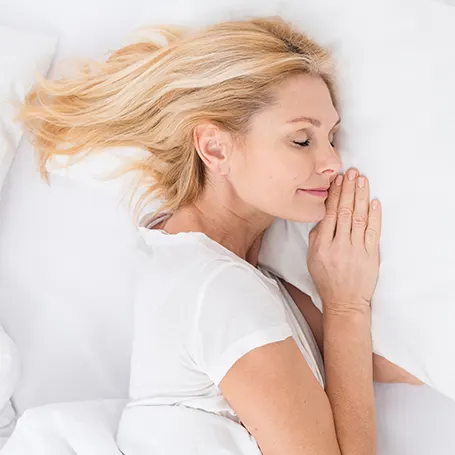
Side sleeping can be very challenging when dealing with the discomfort of costochondritis. This position can greatly worsen the symptoms of inflammation and pain. So, whether you're sleeping on your right or left side, you could be applying too much pressure to the affected area! The good news is that a few simple techniques can help you minimise it. Try the following steps:
- Use pillow support – put it between your knees for spinal alignment
- Support the chest area – you will also like a small pillow or a rolled-up towel near the chest area while you sleep on your side.
- Use the right pillow – you need a supportive and contouring pillow like memory foam
- Think about a new mattress – if the surface you sleep on is not firm and does not provide pressure relief, get a medium-firm mattress that is recommended for side sleepers.
|In addition, we also have some side sleeping hacks that might be useful for you so you might want to check them out. Finally, try different approaches, as each person deals with costochondritis differently. This means you will probably have to try different pillow placements, mattress firmness and techniques until you find what works for you.
Avoiding stomach sleeping
Any sleep expert will tell you this is the worst sleeping position in the world! And in combination with costochondritis, it has a much worse effect. Well, let's explain it a little better. Due to the incorrect position of the body, you apply pressure with your body weight on the inflamed chest area.
Not only will you feel intense pain during the night, but you will slow down the healing process and potentially prolong the duration of your symptoms. While lying in this position, the chest is compressed or twisted, leading to musculoskeletal imbalance for a long time. That's additional discomfort and potential complications.
Lifestyle modifications
For significant changes to happen, you have to start small. When you repeat them over and over again, they grow into habits, and over time you improve your quality of life.
Stress management and relaxation techniques
You all know what happiness is – the consequence of long-term dissatisfaction. Ah, there are many stressors around us, most of which are beyond our control, like costochondritis. But certain mechanisms will help you cope with this condition. To begin with, try to calm down, because psychological factors play a big role in the perception and experience of pain. Bear in mind that you need to take deep breaths – slowly at first, especially if your ribs hurt. Or even if you experience chest pain.
You may not be able to cure this condition automatically, but you can work to manage emotional stress such as anxiety, depression, or chronic stress. Don't forget, that stress can also manifest itself in the form of muscle tension, which contributes to pressure on the chest.
Some effective techniques for reducing stress are mindfulness meditation, deep breathing exercises, and different hobbies and activities that make you happy. Try yoga and stretching exercises to further relax your chest muscles and help you fall asleep more easily.
OTC pain relievers
First, let's clarify one thing: over-the-counter medications provide temporary relief for costochondritis because they treat pain. Therefore, they are not a substitute for the medicine you will get from your doctor. One of the most commonly used pain medications for this condition are ibuprofen, Tramadol or Zydol. They are known for reducing inflammation and blocking stabbing pain.
On the other hand, Acetaminophen is equally effective even though it has no anti-inflammatory properties. We must not forget about topical analgesics such as creams, gels, or patches that are applied locally and soothe the painful area. Last but not least are muscle relaxants that reduce muscle tension associated with costochondritis.
Medical treatments and physical therapy
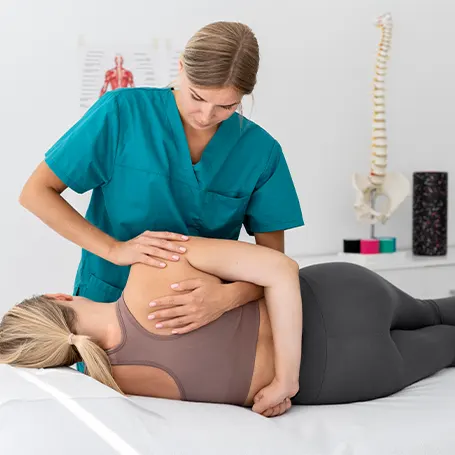
In this condition, anti-inflammatory drugs, as well as heat or cold therapy, are recommended. However, it is essential to avoid painful activities and lifting heavy weights. Physiotherapy is equally effective for reducing pain, stretching the chest and mobilising the ribs. Either way, your doctor will create a personalised treatment plan. But these are some of the most common medical treatments:
- Pain medication – can help reduce pain and inflammation associated with costochondritis
- Topical analgesics – topical creams or gels containing analgesic properties
- Muscle relaxants – relieve muscle tension and reduce pain (a heating pad can help)
- Corticosteroid injections – applied to the affected area to reduce pain and swelling
- Transcutaneous electrical nerve stimulation – pain relief method using a mild electrical current.
If you are interested in physiotherapy, there are other options:
- Gentle stretching – improves flexibility and reduces muscle tension around the chest area
- Posture correction – exercises to strengthen the muscles supporting good posture
- Deep breathing exercises – improve lung function and reduce muscle tension around the chest area
- Manual therapy – massage or manipulation to relieve muscle tightness and promote healing
Conclusion
It is hard even to imagine what you are going through. But don't overlook the power of several strategies to improve sleep quality. In order to reduce discomfort, try to find a sleeping position that offers you the most relief. For this purpose, try different techniques like supportive pillows.
The most important thing is to consult your doctor, who will point you to effective therapies and medication. Relaxation techniques such as deep breathing exercises will help you relax your body and prepare for sleep. But it's hard to eliminate discomfort if you don't have a comfortable sleep environment.
Therefore, invest in a quality mattress and pillow that provide adequate support. And that's all we have for you when it comes to how to sleep with costochondritis. But let us know in the comments if you have costochondritis and how you've dealth with it!




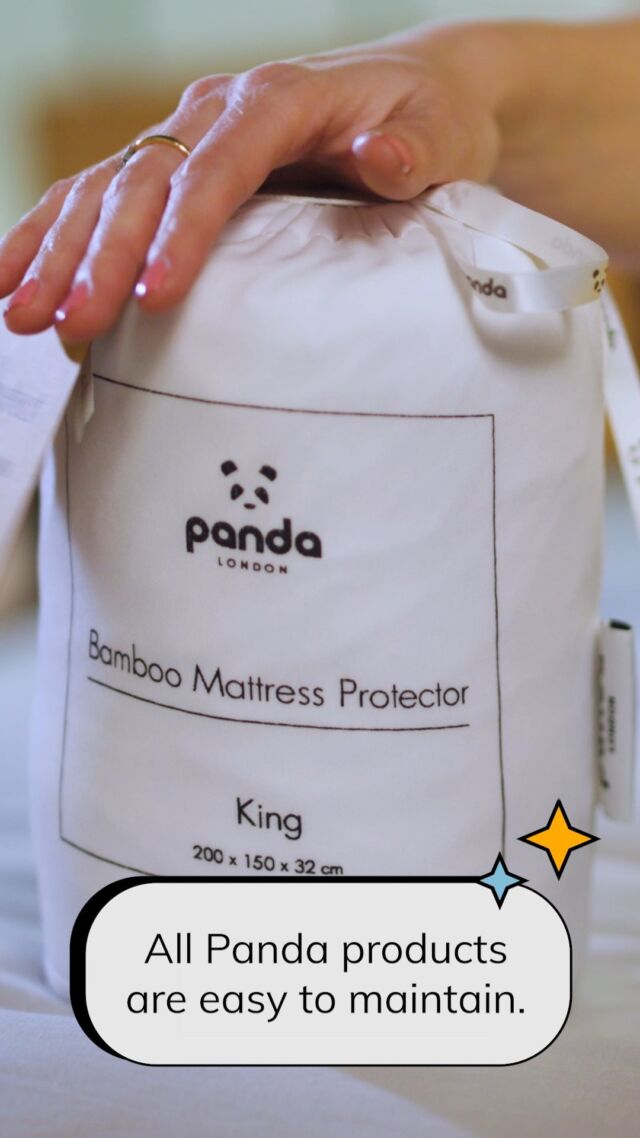

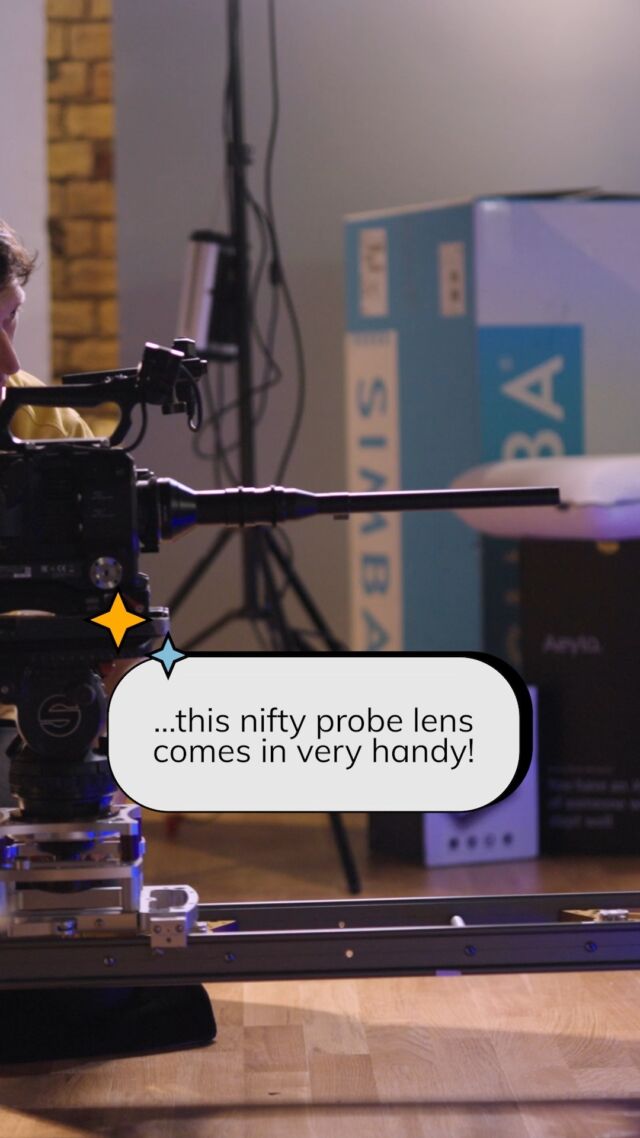



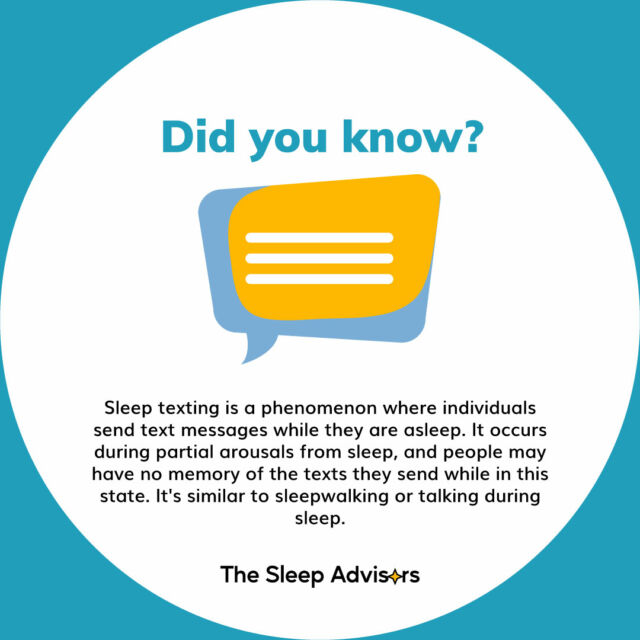
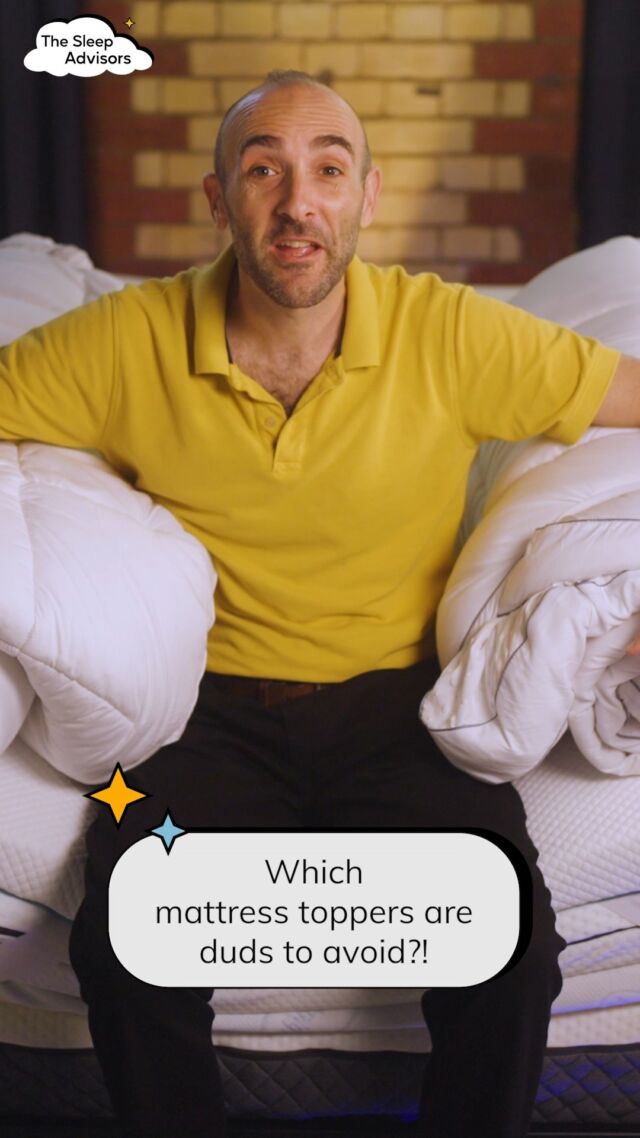


There are no comments yet
"*" indicates required fields